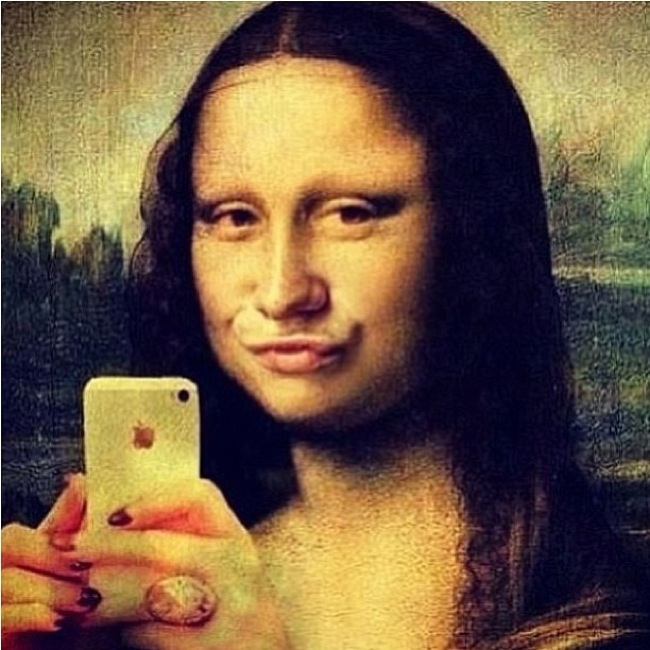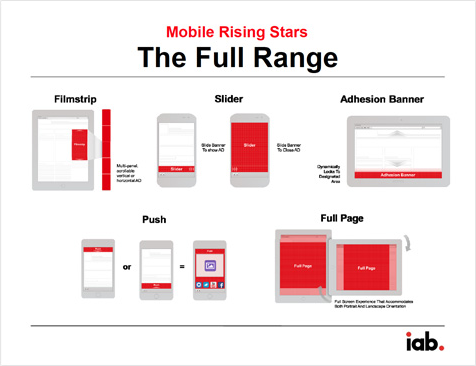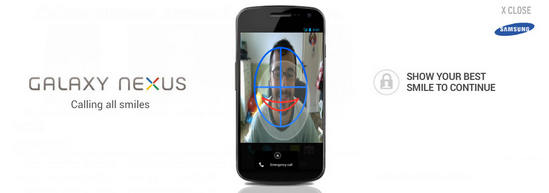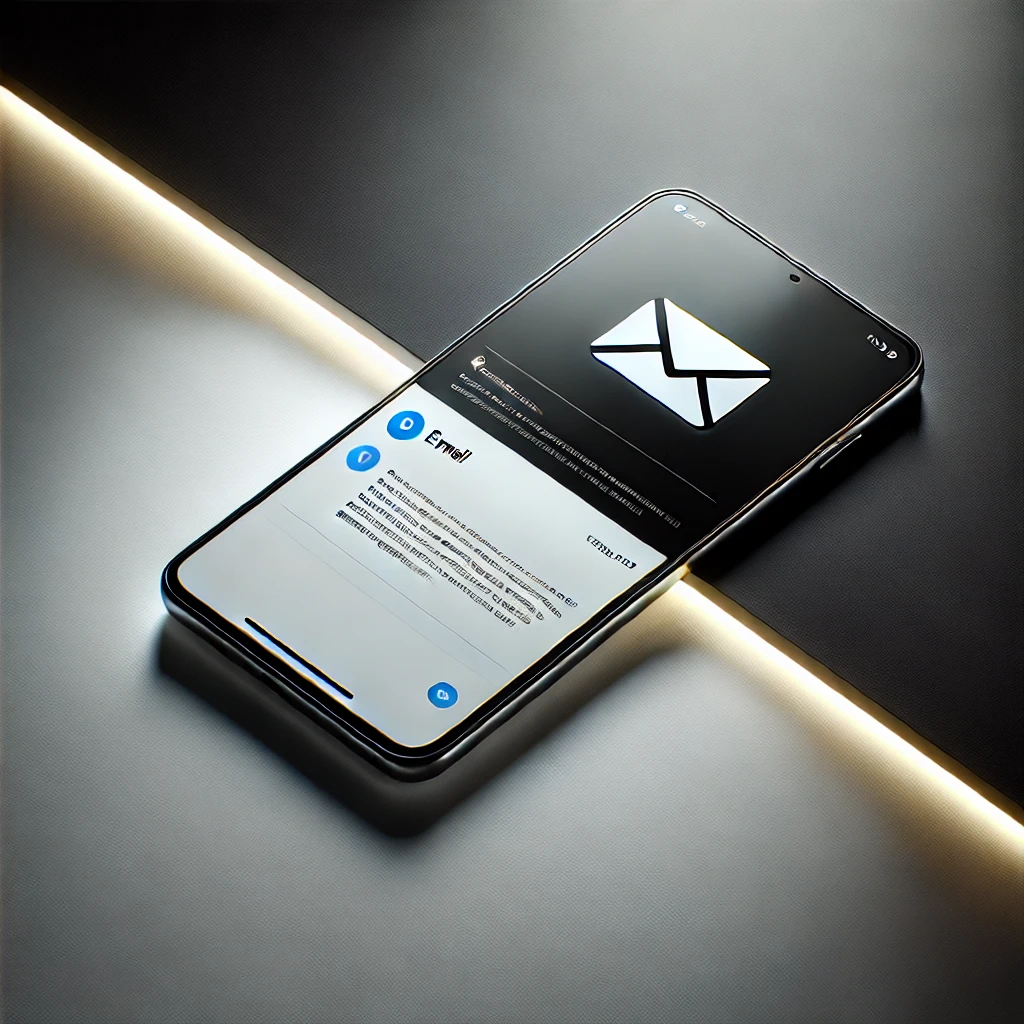Rich Media Mobile ads are another great ingredient to boost your online advertising mix. Yes, in addition to your super fancy HPTO’s you can also start thinking of how to cramp all that brand awareness into 320×50 pixel ad. Sounds hard? Not so really.
As the mobile advertising ecosystem evolves, rich media formats targeted for mobile devices were standardized, and choosing what format you use for your campaign is crucial to its success.
To your disposal, here are several high impact IAB Certified Mobile Rising Stars Ad Units:
Tap to Expand, Pushdown Banners, interstitials, slider to display content, swipe to expand, adhesive banners that ‘Stick’ to the bottom or top of the page and more.
Responsive Ads
These base formats can (and should) be flavored with mobile-oriented features to both keep the user within its comfort zone and familiarity with the device’s capabilities, and allow adapt the creative to be as mobile friendly as possible.
For example, a ‘tap to expand’ call to action can be appealing, but a “shake to expand”, “pull to expand” or even a “slide to expand” call to action, will be more appealing and natural to the user, as he/she is familiar with these gestures from the day to day use of the device.
Another example of a mobile specific feature that can be used in a Rich Media ad, is using the device’s camera to engage the user in a more immersive experience. We did it for Samsung as a PC ad that could be manipulated to Mobile ad with the same user-experience. By clicking on the image of the phone in the banner ad, the webcam on the user’s computer is activated. The virtual phone takes a photo of the user’s face, duplicating how the Face Unlock feature would work in real life on a real Samsung Galaxy Nexus (read the full case-study).
Remember to use as many as the features that are built in today’s smartphones and tablets to boost the virality and attention to your ad. Adding social features such as ‘post to Facebook / Twitter/ Pinerest” right from the banner, will be even more effective than on a desktop environment, as users are most likely to be already logged in to these types of services on their devices.
Real estate and screen size are at your advantage in the mobile environment.
The publisher page is minimal, and contains only the relevant content and (ad placements) in a very small screen, which the user is looking at from a close distance.
In some cases, the banner area of the screen can take up to 20 percent of the visible browser window (a similar effect on desktop versions of the site will cost a fortune!)
Contextually serving relevant ad content to the user based on the page he is interacting with will boost your engagement even further, and the right call to action and feature set will complete the user’s path to conversion.
When running rich media units In-App, even more hardware features are at your disposal.
Such features as camera and photo album integration, seamless location services integration, compass and more.
Once the user installs an app, and approves usage of a certain hardware feature, the user will not need to grant the ad for permissions for the second time, which will definitely lower the percentage of users who receive a message such as “Brand X wants to use your location services” which many users will answer “No” to.
Combining an appealing rich media ad format for your mobile advertising campaign, with the right set of features can make the difference between an ignored ad, to a one that leads to a conversion or the campaign goals.







One Reply to this post
Thanks for sharing this article. It is very useful to us